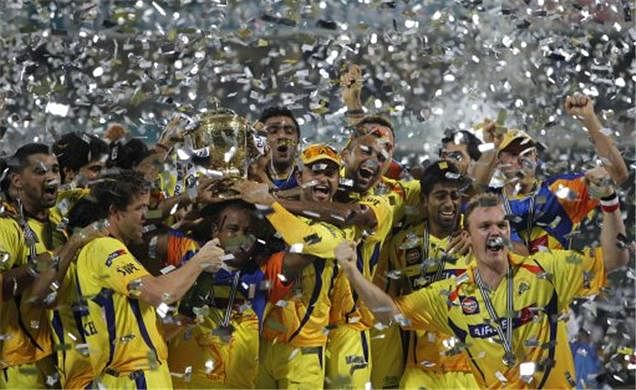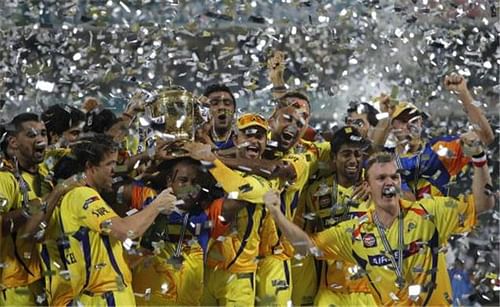
The problem with IPL

There are two ways you can read this article: 1) As a cricket fan; 2) As one of the 932482 million people who says, “I-live-breathe-eat-sleep cricket!!!!” when interviewed on TV.
When the IPL was first announced, the T20 game was just making its way around the world. It’s fair to say that the IPL, in that context, has uplifted this format to heights that have made people question 50 over cricket and even Test cricket, some times. That’s success point number one, in favour of IPL. Another thing it did was throw an easy pocket to a huge number of unknown players who, as a result, have hit the world stage with some amount of impact- besides making millions in the process; another point to the IPL.
Now that I’ve stated the customary paragraph that every single IPL-related article starts off with, its time for some unravelling.
Some of us might have watched Adam Gilchrist making a statement to the media that the tournament does not provide necessary grounds for fairness, as it once did. He went on to say that the IPL was in danger of losing its competitive edge and might end up like a lot of the world’s football leagues where it’s just two or three teams battling it out for the championship and the rest making up the middle followed by the ones fighting for survival.
What that essentially meant was that monetary give-and-go(s) have overshadowed talent, in yet another sporting league. We’re on the verge of seeing yet another fiesta where the big city teams with bigger pockets are gradually taking over. Coming from Gilchrist, that is valid too, given how KXIP were semi-finalists in the first edition; ironically, a season which the Rajasthan Royals won. That these two teams have barely challenged for a top four finish since that first season, gives some idea about what is being said. (As this article is being written, season 2 champions Deccan Chargers have just lost by 70 runs, a result which sums up their last 3 years in the IPL.)
There are teams which the board has been extra kind to in terms of bending the rules, such as the team which plays its home games where the board’s head office is located. Then there are teams which have stunning coincidences when it comes to the order in which the players appear in the auction, such as the team where one of the owners is also the owner of the biggest portfolio within the board.
Of course, more recently, there has been a team which literally held the board at ransom and got its way. All that, when some of the other franchises got legal notices thrown at them without too much deliberation; and one of them couldn’t even make it to the league this year.
But it’s okay as long as there’s a “Fairplay Award”, I guess!
As for the board’s “transparency”, it is a wonder how a player who was brought in to replace an injured $650,000 contract player was bought for the exact same amount this season, when the injured player was still retained.
How this batch of seven top-quality players – Mitchell Johnson, Herschelle Gibbs, Pragyan Ojha, RP Singh, Thisara Perera, Dinesh Karthik, Richard Levi - made it to Mumbai Indians when all other teams barely had enough to manage one or two international stars and a few fading effects, is beyond me.
Before this little rant goes any further than it’s supposed to, I’ll sum it up.
A sporting event is only as good as its competitiveness. With the complete disarray we’ve seen ever since the end of season 2, the league seems to be going in only one direction – that, which favours the organizers. That is never a good sign. The glamour and charisma of this tournament will never be put to rest; and it shouldn’t. However, the two most important entities – the franchisees and the game itself, are paying the price to keep the sponsors happy and the account running.
How long can this last?
You may also want to read
Recharging the Chargers
Master in Making from Mumbai